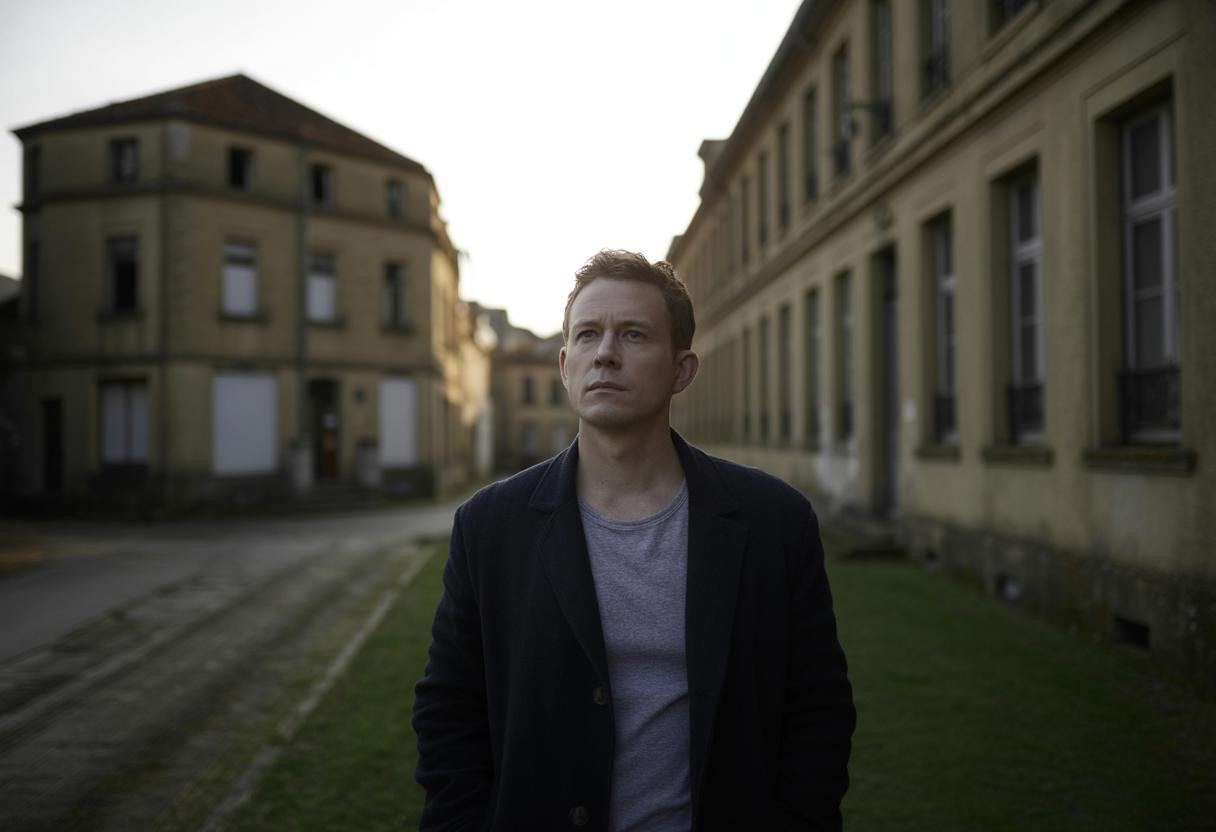When Brent Underwood purchased the entire ghost town of Cerro Gordo for $1.4 million in 2018, most people thought he was crazy. Three years later, his radical approach to historical preservation has sparked a heated debate about who should control America’s heritage sites—and whether social media storytelling can actually save forgotten history.
This remote California mining town, perched at 8,500 feet in the Inyo Mountains, represents a new frontier in heritage preservation. Unlike traditional museum models, Underwood’s hands-on restoration combines authentic craftsmanship with modern digital storytelling, creating a blueprint that could revolutionize how we approach abandoned historical sites.
The economics behind ghost town ownership
Underwood’s investment extends far beyond the initial purchase price. Operating expenses at extreme elevation include specialized equipment, weather-resistant materials, and constant structural maintenance. The 2020 fire that destroyed three historic buildings, including the 1871 American Hotel, likely cost hundreds of thousands in additional restoration work.
Revenue streams remain unconventional but surprisingly diverse. Underwood funds operations through silver jewelry sales crafted from ore mined on-site, social media partnerships leveraging his 266,000 Instagram followers, and educational tours. This approach to creating personalized spaces that reflect individual character differs dramatically from state-managed sites like Bodie State Park, which rely on taxpayer funding and standardized visitor experiences.
Revenue diversification challenges
The remote location limits foot traffic, making digital engagement crucial for financial sustainability. Unlike traditional heritage sites, Cerro Gordo’s success depends heavily on viral content and personal brand building rather than institutional support.
Preservation versus performance dilemma
Critics argue that Underwood’s social media documentation prioritizes entertainment over authentic preservation. His approach to modern technology’s role in documenting and sharing private spaces raises questions about whether constant filming compromises the site’s historical integrity.
Professional archaeologists express concern about non-standardized restoration methods. Underwood’s use of repurposed materials, while authentic to the era, may not meet modern preservation standards. The risks associated with hidden risks in repurposed materials become particularly relevant when dealing with century-old mining equipment and structures.
Authenticity versus accessibility
The transition from public foundation management to private ownership has democratized access through social media while potentially limiting academic research opportunities. This tension reflects broader debates about heritage site stewardship in the digital age.
Environmental and regulatory obstacles
Operating at 8,500 feet presents unique challenges that extend beyond typical preservation concerns. Extreme weather conditions accelerate building deterioration, while isolation complicates emergency response and supply logistics. The physical demands of working in such conditions mirror health risks associated with extreme conditions that affect anyone attempting similar projects.
K2 Gold Corp’s proposed cyanide mining on adjacent public lands threatens the entire restoration effort. Environmental contamination risks could destroy decades of preservation work, highlighting vulnerabilities that private heritage sites face from industrial development.
The social media preservation model
Underwood’s approach has inspired similar projects nationwide, but replication faces significant barriers. Financial sustainability remains the primary challenge, as few individuals possess both the capital and commitment required for such isolated ventures.
The project’s success depends entirely on Underwood’s continued involvement, creating succession planning risks that traditional institutions avoid through established governance structures.
Future of private heritage preservation
Cerro Gordo’s model suggests that individual passion projects can achieve preservation goals that institutional bureaucracy often stalls. However, long-term viability requires developing sustainable revenue streams beyond social media engagement and personal dedication.
The project demonstrates both the potential and limitations of privatizing heritage preservation, offering valuable lessons for future efforts to save America’s abandoned historical sites through innovative funding and storytelling approaches.
